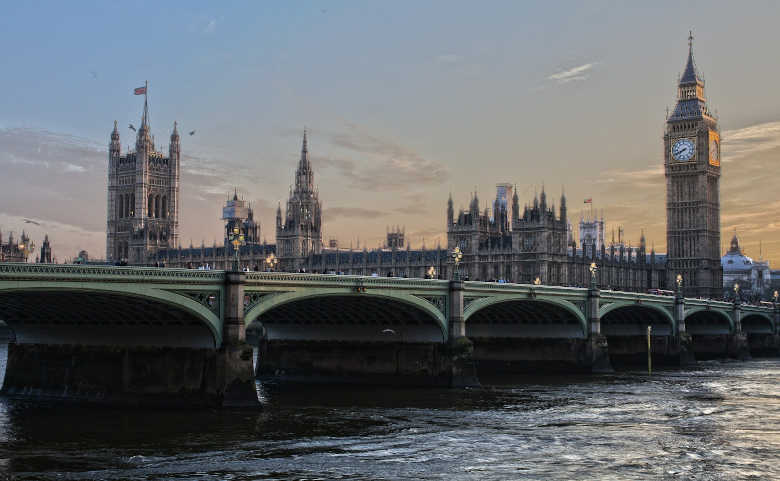Reaction, October 25, Professor Patrick Minford
It has become normal for commentators to wring their hands over the government’s fiscal position and pronounce it impossible to go ahead with any tax cuts. The latest to do this was the IFS last week. They cited the huge rise in debt interest as the basic cause of this “unsustainability” in the public finances.
However, there is a massive fallacy in these pronouncements. They fail to take account of how inflation affects the position. Inflation reduces the real value of debt and lowers the real rate of interest. At the recent rates of inflation we have seen, it has massive effects on both real debt and the real interest rate, largely transforming the picture of doom and gloom into a manageable short-term issue, making it quite possible to cut tax and so simulate the long term growth that besets our long term prospects and with them the long term fiscal position.
The usual way the UK’s public finances are reported is in money terms. This includes debt interest which also contains the inflation element on index-linked debt. However, the true cost of public debt is the resource cost to taxpayers. This is the money cost of taxes divided by the consumer price index. The latter measures the money cost of one unit of consumption; this in turn is what the consumer sacrifices in utility by giving up this unit. So when we measure public spending and taxes, we should convert them into resource costs to taxpaying households by dividing their money costs by the consumer price index, the CPIH published by the ONS.
This resource cost of the public finances tells us what these finances imply for the amount of resources that need to be taken from households by the government now or in the future by paying off future debt. By contrast the usual accounts in money terms are used to calculate money debt which is then usually expressed as a percent of money GDP, whereas the former real resource quantities are expressed as a percent of real GDP, the real resources available, i.e. money GDP deflated by the GDP expenditure deflator, which is the cost of spending UK income, roughly equal to the CPIH. Money GDP is real GDP times the GDP deflator which is the home cost of production, a totally different deflator.
Click here to read the piece in full.

